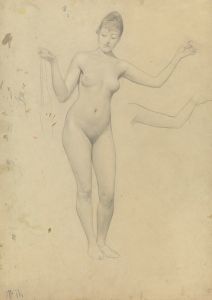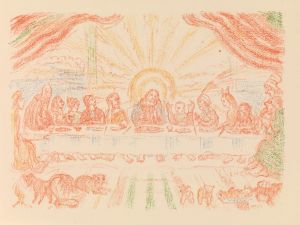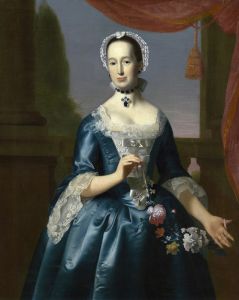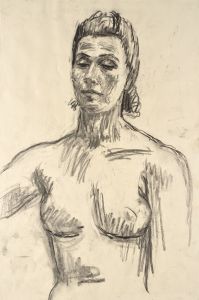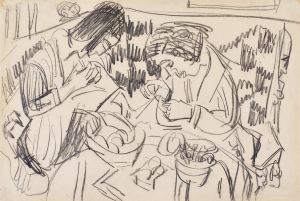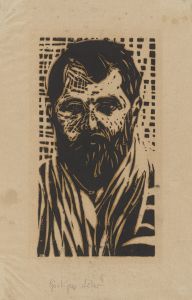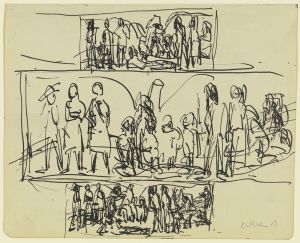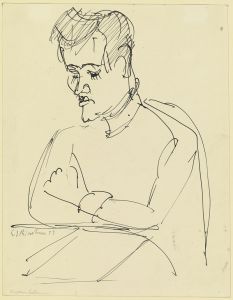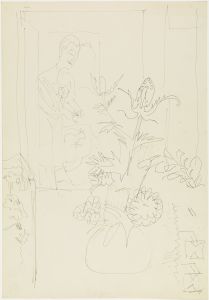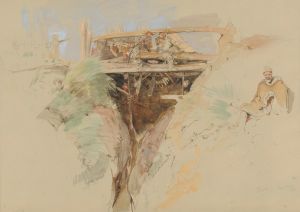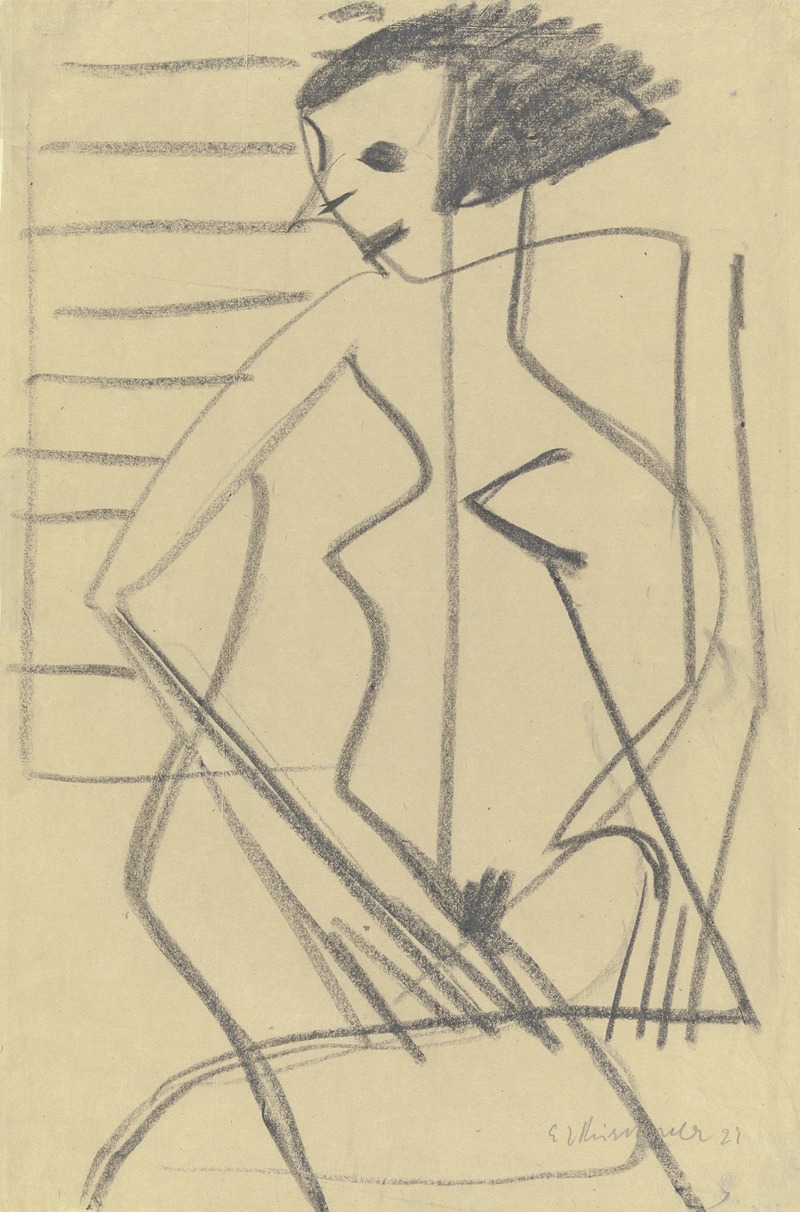
Weiblicher Akt
A hand-painted replica of Ernst Ludwig Kirchner’s masterpiece Weiblicher Akt, meticulously crafted by professional artists to capture the true essence of the original. Each piece is created with museum-quality canvas and rare mineral pigments, carefully painted by experienced artists with delicate brushstrokes and rich, layered colors to perfectly recreate the texture of the original artwork. Unlike machine-printed reproductions, this hand-painted version brings the painting to life, infused with the artist’s emotions and skill in every stroke. Whether for personal collection or home decoration, it instantly elevates the artistic atmosphere of any space.
Ernst Ludwig Kirchner's Weiblicher Akt (Female Nude) is a notable work by the German Expressionist painter and printmaker, who was a founding member of the influential art group Die Brücke (The Bridge). Kirchner, born in 1880 in Aschaffenburg, Germany, was a central figure in the early 20th-century Expressionist movement, which sought to convey emotional experience rather than physical reality through bold colors, dynamic compositions, and distorted forms.
Weiblicher Akt exemplifies Kirchner's exploration of the human form, a recurring theme in his oeuvre. The painting reflects his interest in the nude as a subject, which he often depicted in a raw, unidealized manner. Kirchner's nudes were influenced by his desire to break away from traditional academic representations, instead embracing a more modern and expressive approach. His works often emphasized the emotional and psychological dimensions of his subjects, using exaggerated forms and vibrant colors to evoke a sense of vitality and immediacy.
The painting is characterized by its dynamic brushwork and the use of bold, non-naturalistic colors, hallmarks of Kirchner's style. These elements reflect the influence of Post-Impressionism and Fauvism, as well as the artist's engagement with non-Western art forms, such as African and Oceanic art, which he admired for their perceived authenticity and directness. Kirchner's approach to the nude was also shaped by his experiences with the Die Brücke group, whose members often worked collaboratively and sought inspiration from nature, urban life, and the human body.
Kirchner's works, including Weiblicher Akt, were created during a period of significant social and cultural change in Germany. The early 20th century was marked by rapid industrialization, urbanization, and shifting attitudes toward sexuality and gender roles. These changes are reflected in Kirchner's art, which often explores themes of modernity, alienation, and the tension between tradition and progress.
While specific details about the creation date or provenance of Weiblicher Akt may not be readily available, it is consistent with Kirchner's broader body of work, which frequently featured nudes in both studio and outdoor settings. His depictions of the human figure often convey a sense of movement and emotional intensity, aligning with the Expressionist goal of capturing the inner essence of the subject.
Ernst Ludwig Kirchner's career was tragically impacted by the rise of the Nazi regime in Germany, which labeled his art as "degenerate" and confiscated many of his works. Despite these challenges, Kirchner's contributions to modern art remain highly regarded, and his works continue to be celebrated for their innovative and expressive qualities. Weiblicher Akt stands as a testament to his skill and vision as an artist, reflecting his commitment to pushing the boundaries of traditional artistic conventions.







